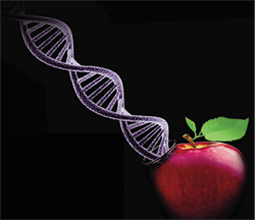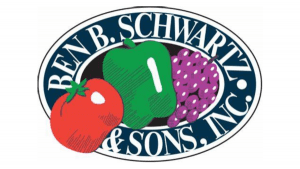Welcome to Blue Book!
Are you ready to join the thousands of companies who rely on Blue Book to drive smarter decisions? View our plans and get started today!
Still have questions? We’d love to show you what Blue Book can do for you. Drop us a line– we’ve been waiting for you.

Breeding, however, has its drawbacks as it can only rely on the traits already present within the two species being mated and passes on all genes from each parent gene to the new ‘offspring.’ Genetic engineering physically removes one or a few genes from a host species and adds it to another without the mating process or including other possibly undesirable traits. An example is Hawaiian papayas grown in the 1950s and 1960s, which were devastated by ringspot virus. The industry lost almost half of its production by the 1990s until researchers at Cornell University developed a ringspot-resistant GE variety by combining different papaya genes—which then led to the resurgence of papaya growing in the islands.
For many, the terms themselves inspire nightmarish thoughts: ‘biotechnology’ doesn’t sound nearly as unsettling as amino acid sequencing (altering proteins to improve specific properties), cell and enzyme immobilization (limiting movement through a chemical or physical treatment), DNA probe technology (identifying the presence of complementary sequences in different organisms), or polymerase chain reaction (a technique to generate multiple copies of a DNA sequence). While these terms are quite benign in meaning with a straightforward scientific purpose, each represents major breakthroughs in the world of genetic engineering.
The Pros
In today’s agriculture, various crops including corn, soybeans, sugar beets and cotton have been genetically modified, primarily for pest or herbicide resistance. This success in biotechnology, in turn, has “removed more than 480 tons of pesticides from use over the past 15 years,” says Neal Carter, president of Okanagan Specialty Fruits, producer of a GE nonbrowning apple. Further, with drought remaining a potent threat to a number of crops, Carter credited GE seeds (such as new drought-resistant corn) with lowering losses and making the difference between “yielding 80 bushels per acre, while other fields were getting plowed under.”
A recent report from the National Research Council stated that improvements in water quality could prove to be the greatest single benefit of GE crops. “Insecticide use has declined since GE crops were introduced, and farmers who grow GE crops use fewer insecticides and herbicides that linger in soil and waterways. In addition, farmers who grow herbicide-resistant crops till less often to control weeds and are more likely to practice conservation tillage, which improves soil quality and water filtration, and reduces erosion.”
Progress has been slower in specialty items, like most fruits and vegetables, but the benefits are no less exciting. Okanagan’s Arctic Apple is a major breakthrough as browning (or enzyme oxidation) tends to be a top complaint among foodservice providers and consumers alike. “There are growers who are very excited and want to plant it,” Carter says of the modified fruit, but “we still need to get through the regulatory process and generate some nursery trees.”








